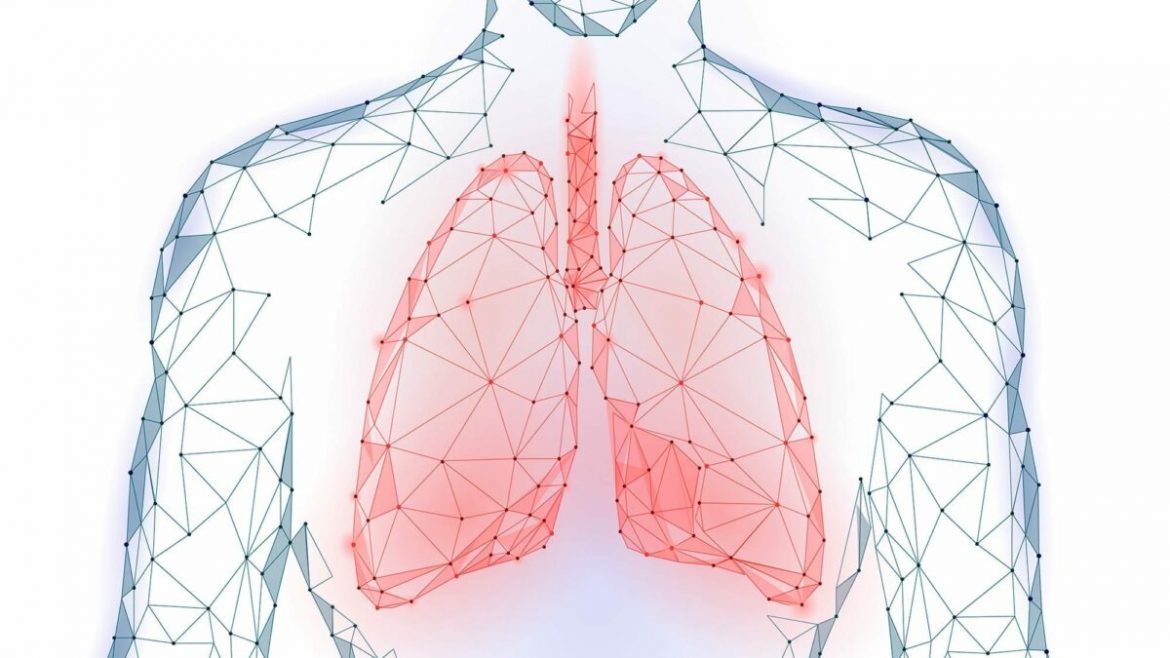Although smoking may seem to be bad for your lungs, it is unclear whether and how lung cancer is affected by the ultrafine particles in cigarette smoke. Researchers from Baylor College of Medicine studied how airborne ultrafine particles in smoke might change a host’s defence against lung cancer using animal models.
Researchers led by Dr. Cheng-Yen Chang, a postdoctoral fellow in the lab of Dr. Farrah Kheradmand in Baylor’s Department of Medicine – Pulmonary, and their associates discovered that exposure to ultrafine particles alters the function of immune cells in the lungs, weakening their built-in defence against cancer. They found that the fundamental energy source of the cell is altered by ultrafine particles, leading to new byproducts in the lungs.
By weakening the host’s immune response due to the buildup of new byproducts, tumours may go unnoticed. Ultrafine particles are created by incompletely combusting organic waste in environmental and other natural fires, in addition to being present in cigarette smoke. Prior research by Kheradmand and others at Rice University revealed that immune cells in the lungs of heavy smokers contain nanoscale elements of carbon black.
“When we breathe, we inhale many particles of different sizes. They are lodged somewhere along the airways, like in the nose or trachea, depending on their size.”
“Ultrafine particles are so small they can navigate the respiratory system and deposit in the far distal part of the lung that is used for gas exchange – the process of breathing,” Kheradmand said. “It is at that point where these particles can collect and begin to alter the way lung immune cells function.”
The research sheds light on how ultrafine particles advance cancer: Chang was able to reproduce the same kind of exposure to ultrafine particles commonly found in a heavy smoker by using two separate animal models of lung cancer. When exposed to nanoscale carbon black, both animal models of lung cancer demonstrated increased tumour growth.
“What we saw was that the immune cells changed what they used for energy. They went from using fat, which is what is seen in the average cell, to using sugar. The new byproducts alter immune cells allowing for tumours to escape recognition,” Chang said. “This exposure made tumours more aggressive and more likely to metastasize or spread throughout the body.
“Another surprise was that whether mice were predisposed to develop cancer didn’t matter; exposure to ultrafine particles still led to changes in energy usage from fat to sugar in immune cells even in the absence of any tumour.
“The particles change the powerhouse of the cells, altering their internal machinery,” Kheradmand said.
Further research is required to examine additional variables such particle concentration, exposure duration, and type, as the study solely examined how the ultrafine particles influenced immune cells and the development of cancer.
“We are only looking at the significance of having these particles present in the airways – whether they are causing and progressing the disease. We know they have been found in smokers’ lungs, so our study simulated exposure similar to a heavy smoker,” Kheradmand said.
Making these particles more soluble allows for their removal from the lungs, as Chang and Kheradmand demonstrated in a prior study. This is not a way to make smoking harmless because it is still in lab models and is only the first step toward a potential future cure.
“As a general rule, there is no way to make any amount of exposure safe when it comes to smoking,” Kheradmand said. “The best course of action is to avoid exposure from the start.”





